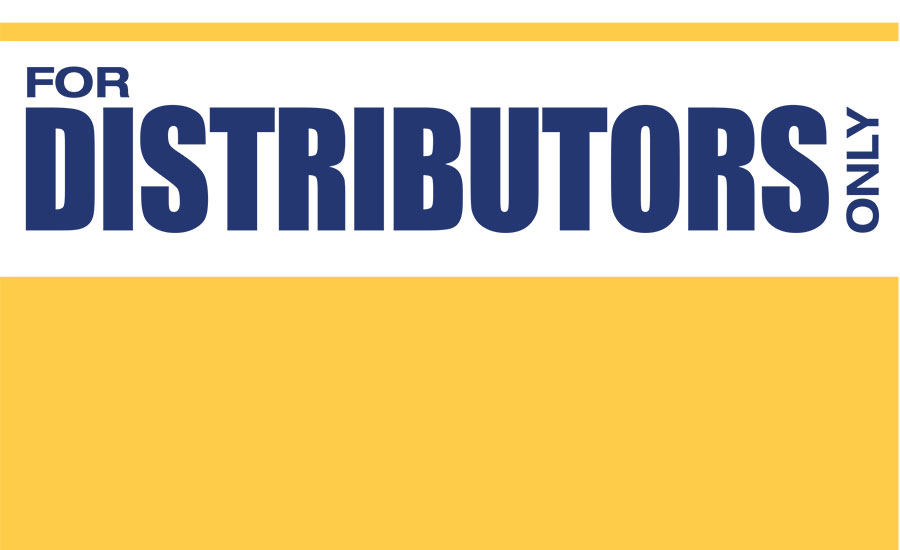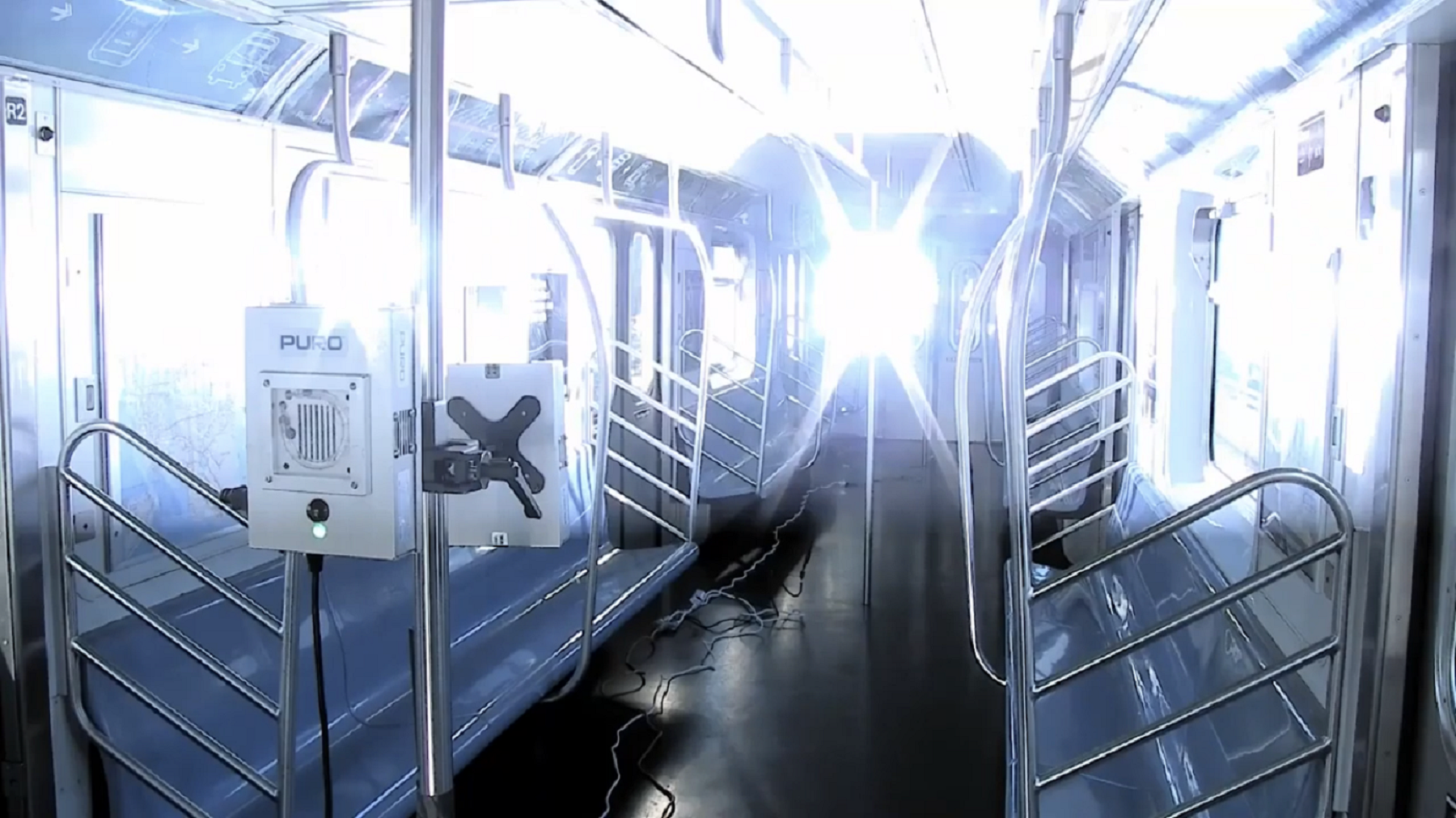A year or so ago a major waste company placed 12 street cleaners, wearing yellow hi viz coats in a busy out of town shopping complex and asked shoppers coming out how many they remembered seeing. The average the shoppers reported seeing was four, according to an article in the British magazine, Safety & Health Practitioner. A month later they repeated the test with 12 workers in shocking pink hi viz coats. The average the shoppers reported seeing was nine.
The case can be made that people over time seem to have become blind to traditional yellow and orange hi viz workwear. (Lime green is another popular color.) It may be the case some hi viz clothes no longer draw attention to the presence of an “at risk” worker.
More research should be conducted into perceptions of hi-viz clothing. Is shocking pink the answer?
What are the odds shocking pink will be accepted by a macho construction workforce? What are the odds of a working wearing hi viz yellow or orange being injured or even killed by a driver who has become visually hi viz fatigued, failing to register that the worker is there and at risk?
In a related development, the International Safety Equipment Association (ISEA) in November closed a public comment period on draft revisions to its voluntary consensus standards for high-viz safety apparel.
ANSI/ISEA 107 is a widely-accepted standard on high-viz safety apparel. This voluntary industry consensus standard is cited in the Manual on Uniform Traffic Control Devices (MUTCD), which is the basis for federal and state highway regulations requiring high-viz protective garments for right-of-way workers, flaggers and adult crossing guards.
The proposed revision seeks to consolidate the requirements of ANSI/ISEA 107 and ANSI/ISEA 207, American National Standard for Public Safety Vests in an effort to establish a single, comprehensive document that considers all occupational tasks. While still preserving the performance class designation based on material minimum areas, the updated standard identify garment types based on expected use settings and work activities being performed, these are designated as off-road (type O), roadway and temporary traffic control (type R), or public safety activities (type P).
In response to the growing use of high-visibility accessory items such as arm bands or headwear, the standard defines minimum material requirements for these accessories. New labeling requirements are proposed to identify the garment by performance class, type and by its flame resistance characteristics as defined in the standard. Finally, enhanced illustrations of compliant and non-compliant designs are provided.



